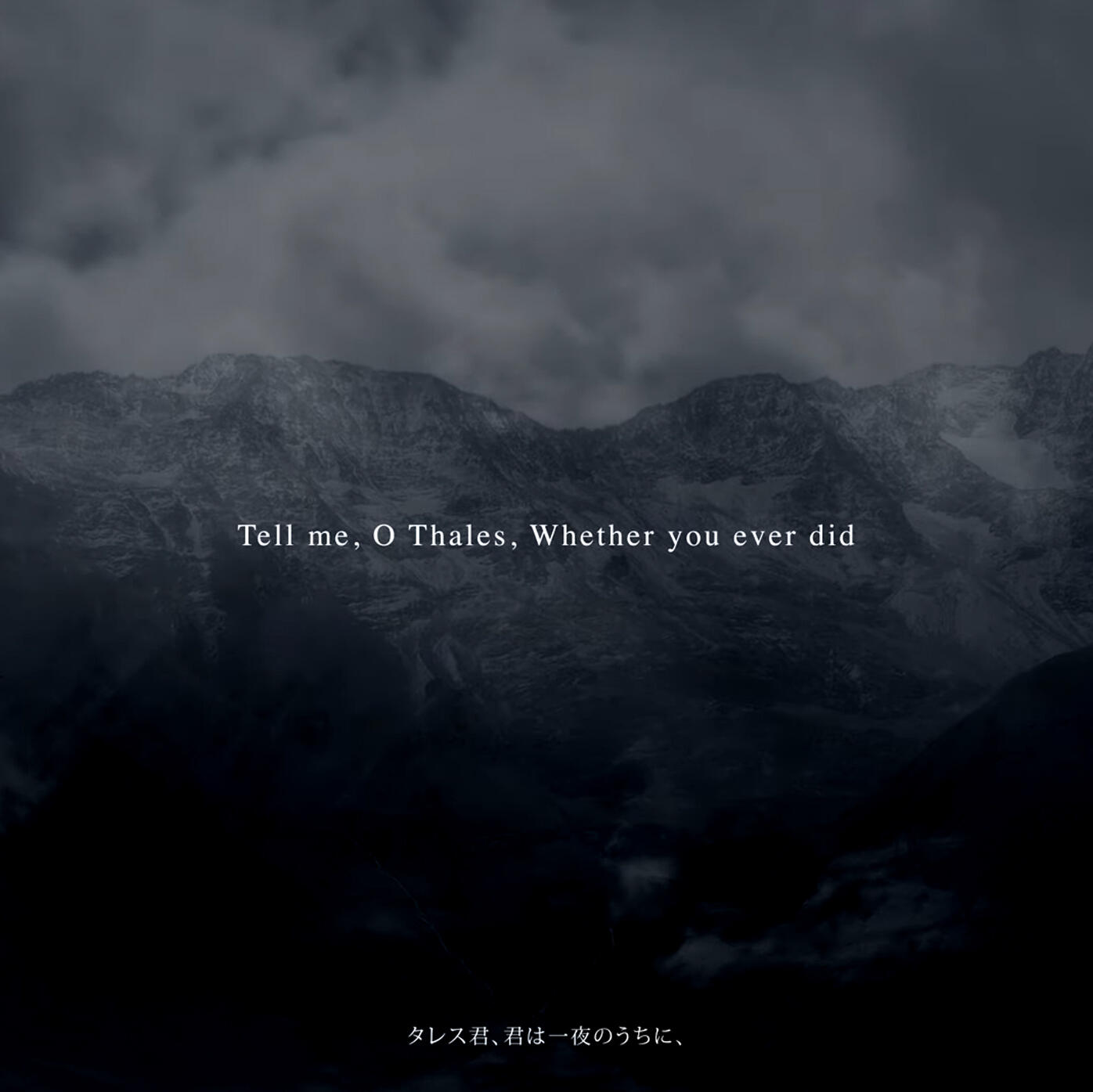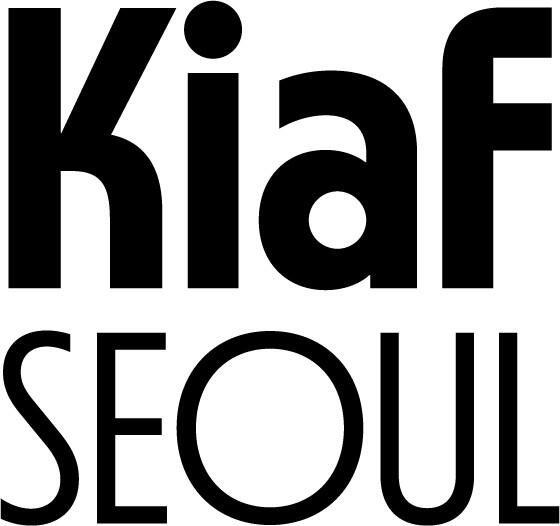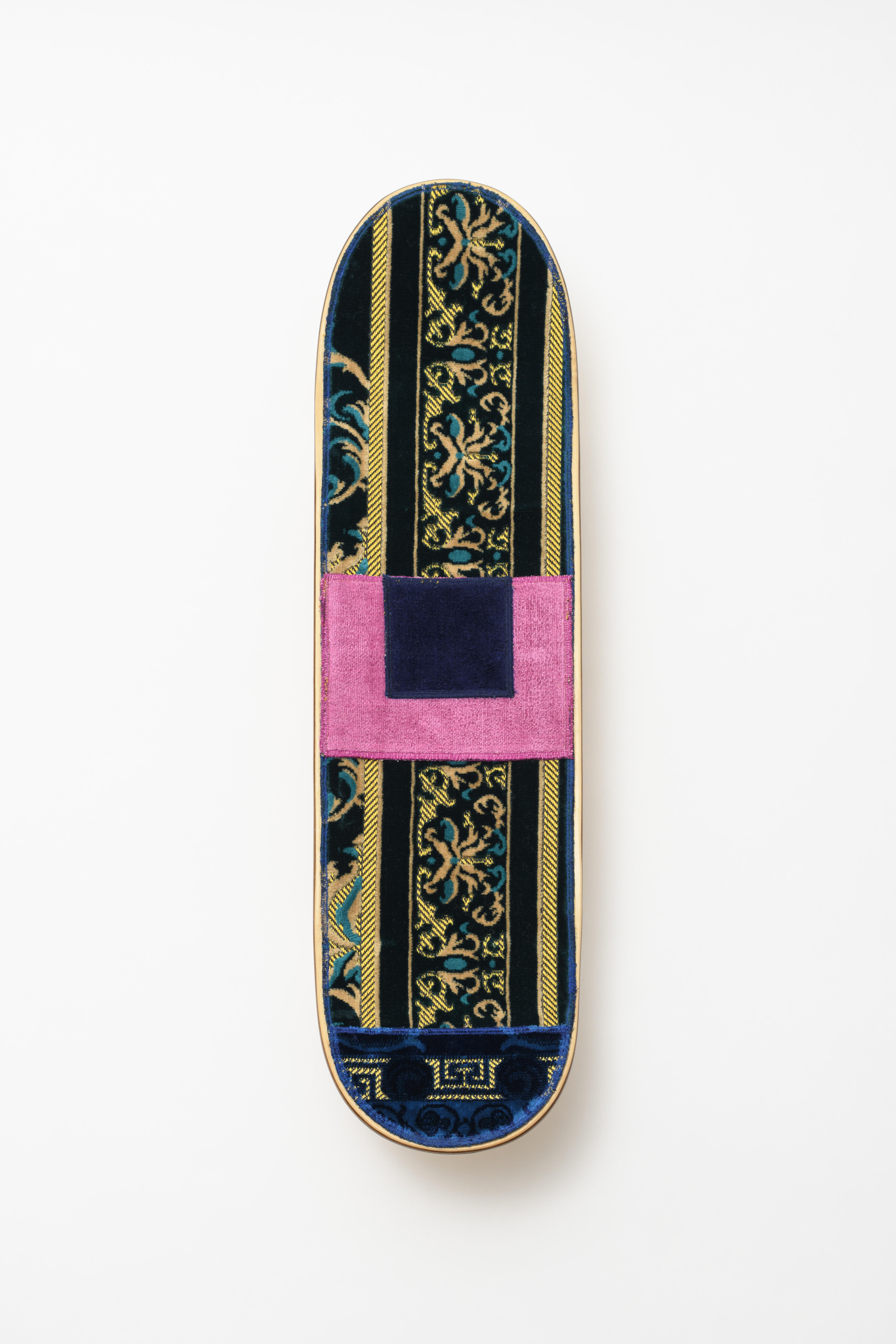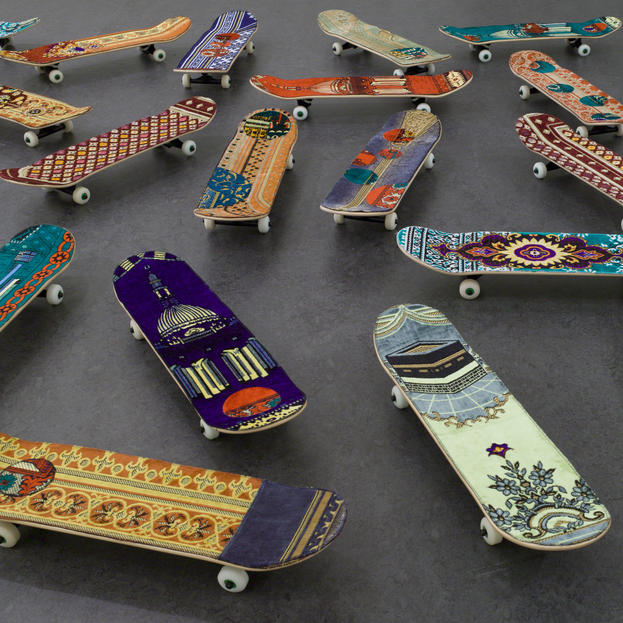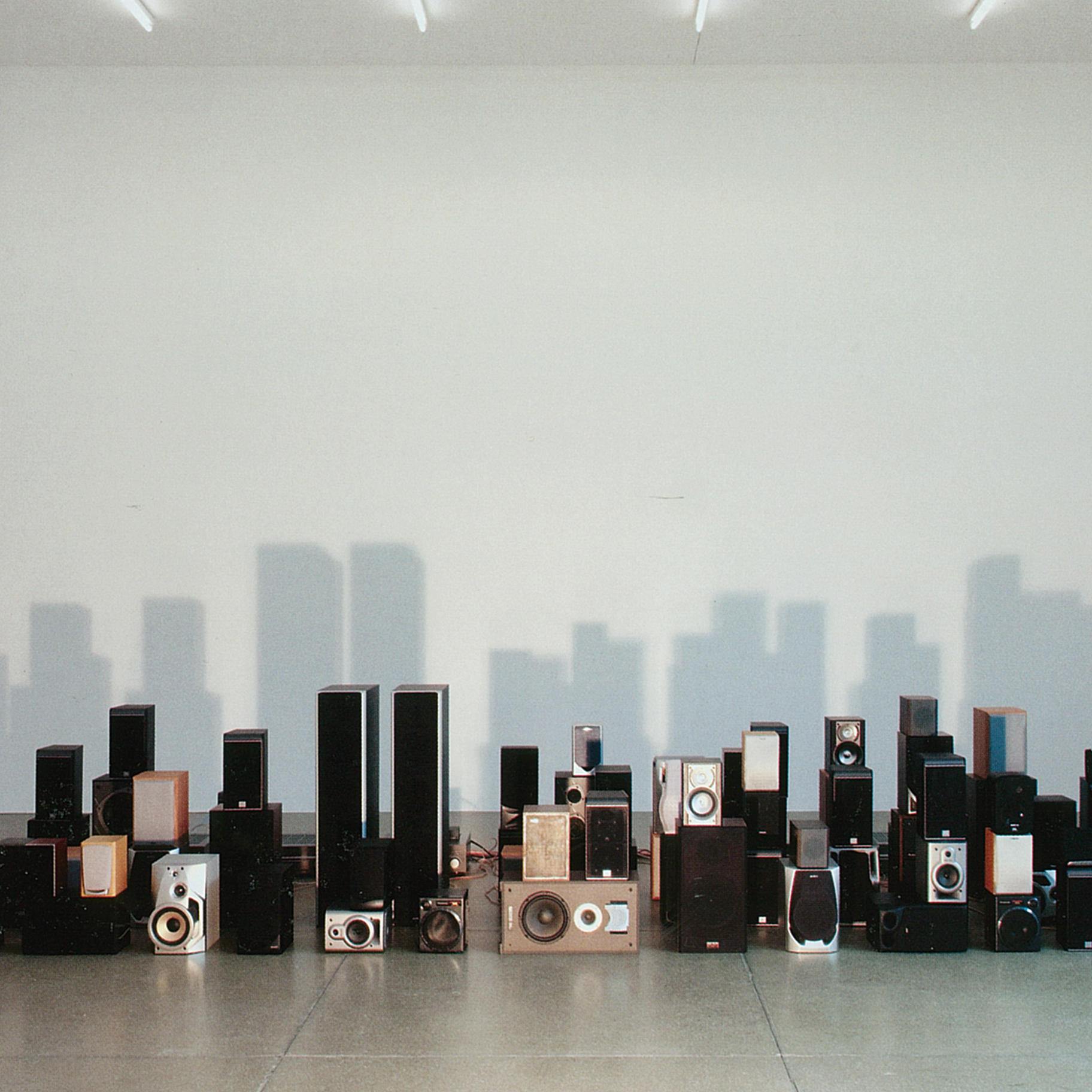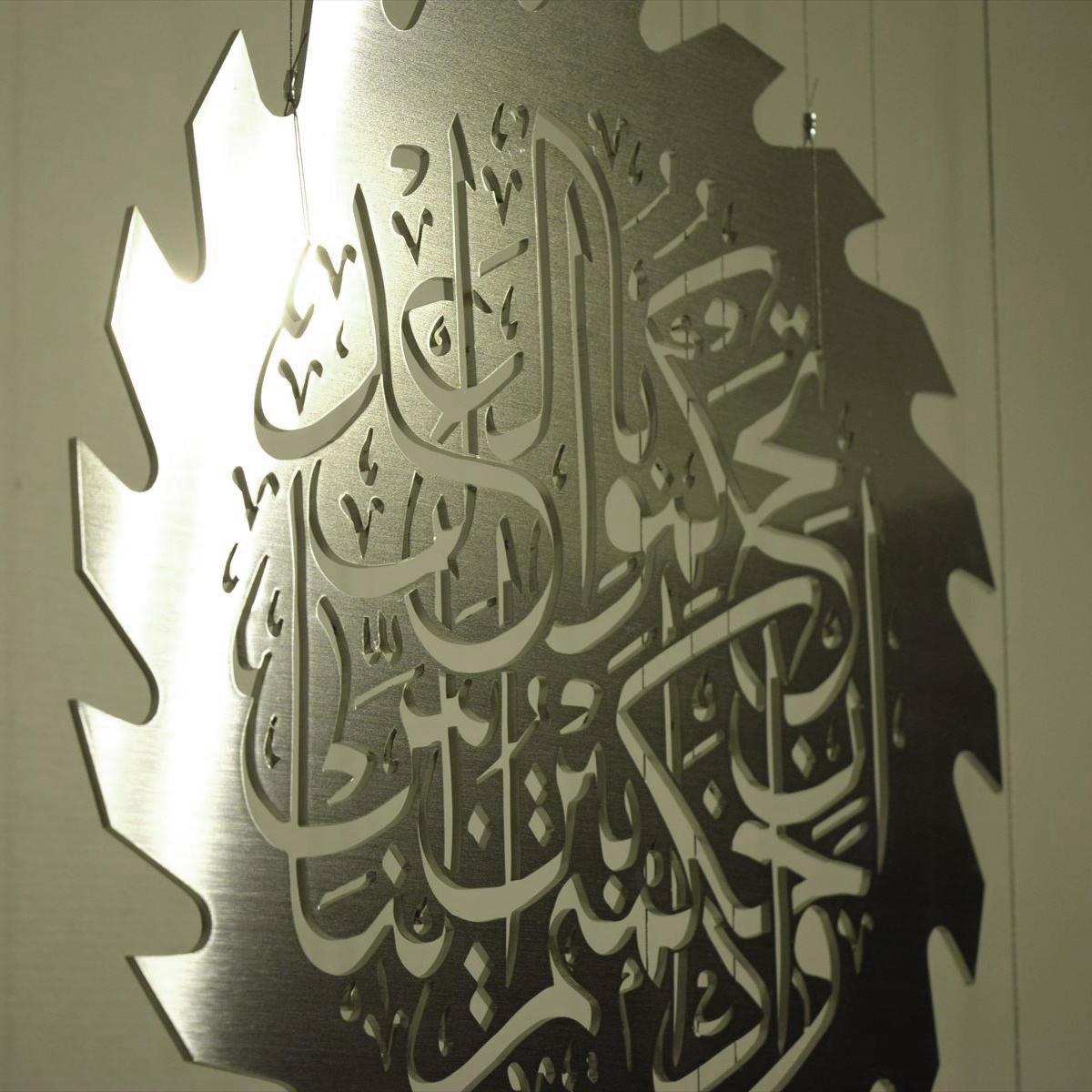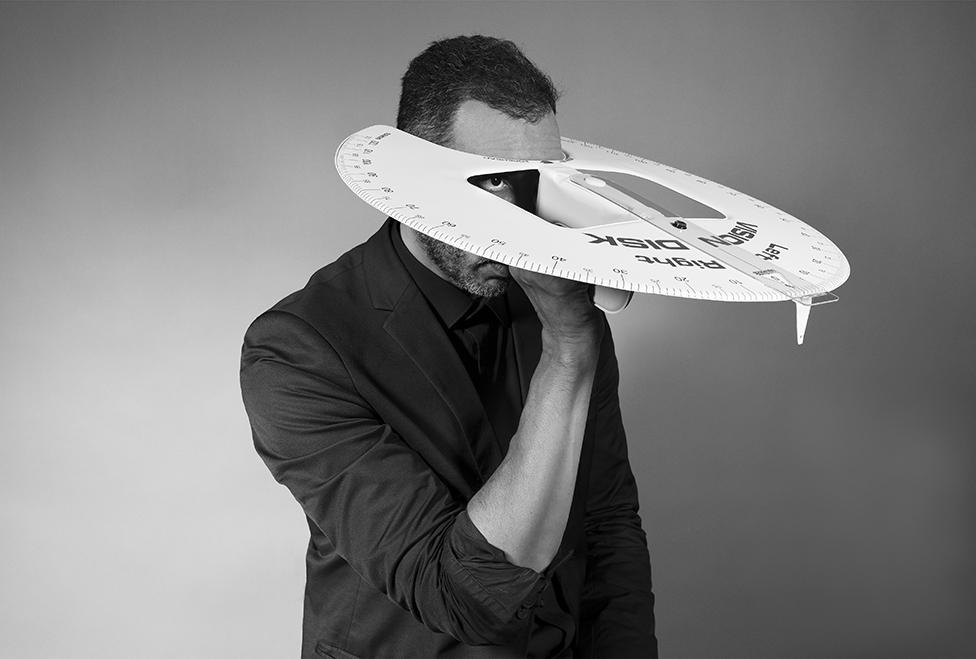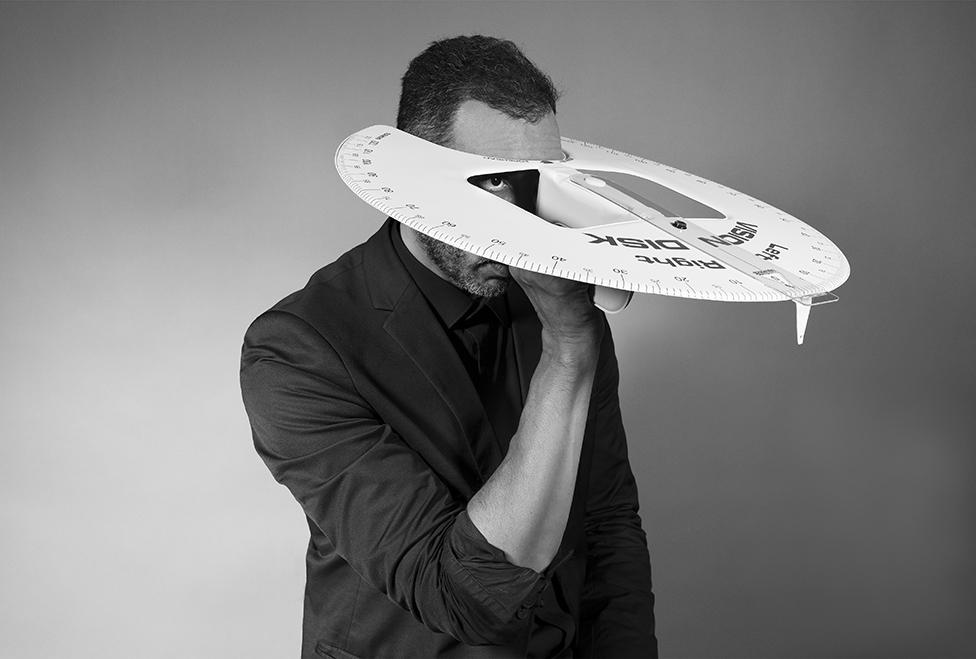Exhibition
Mounir Fatmi : Peripheral Vision
2017. Nov. 16 (Thu) - Dec. 24 (Sun)
| Date | 2017. Nov. 16 (Thu) - Dec. 24 (Sun) |
|---|---|
| Hours | 11:00 - 19:00 (closed on Mondays) |
| Reception | 2017. Nov. 16 (Thu) 19:00 - 21:00 |
Mounir fatmi’s work has been shown in numerous solo exhibitions: in Mamco, Geneva, in the Migros Museum für Gegenwarskunst, Zürich, Switzerland, at the Picasso Museum, war and peace, Vallauris, at the FRAC Alsace, Sélestat, at the Contemporary Art Center Le Parvis, at the Fondazione Collegio San Caro, Modena, at the AK Bank Foundation in Istanbul, at the Museum Kunst Palast in Duesseldorf and at the MMP+, in Marrakesh. He participated in several collective shows at the Centre Georges Pompidou, Paris,The Brooklyn Museum, New York, N.B.K., Berlin, MAXXI, Rome, Mori Art Museum in Tokyo, Museum on the Seam, Jerusalem, Moscow Museum of Modern Art, Moscow, Mathaf Arab Museum of Modern Art, Doha, the Hayward Gallery, London, the Art Gallery of Western Australia, the Victoria & Albert Museum in London and the Van Abbemuseum in Eindhoven.
His installations have been selected in biennials such as the 52nd and 54th Venice Biennial, the 8th biennial of Sharjah, the 5th and 7th Dakar Biennial, the 2nd Seville Biennial, the 5th Gwangju Biennial and the 10th Lyon Biennial, the 5th Auckland Triennial, Fotofest 2014, Houston and the 10th Bamako Encounters. mounir fatmi was awarded by several prize such as the Cairo Biennial Prize in 2010, the Uriöt prize, Amsterdam, the Grand Prize Leopold Sedar Senghor of the 7th Dakar Biennial in 2006 as well and he was shortlisted for the Jameel Prize of the Victoria & Albert Museum, London in 2013.
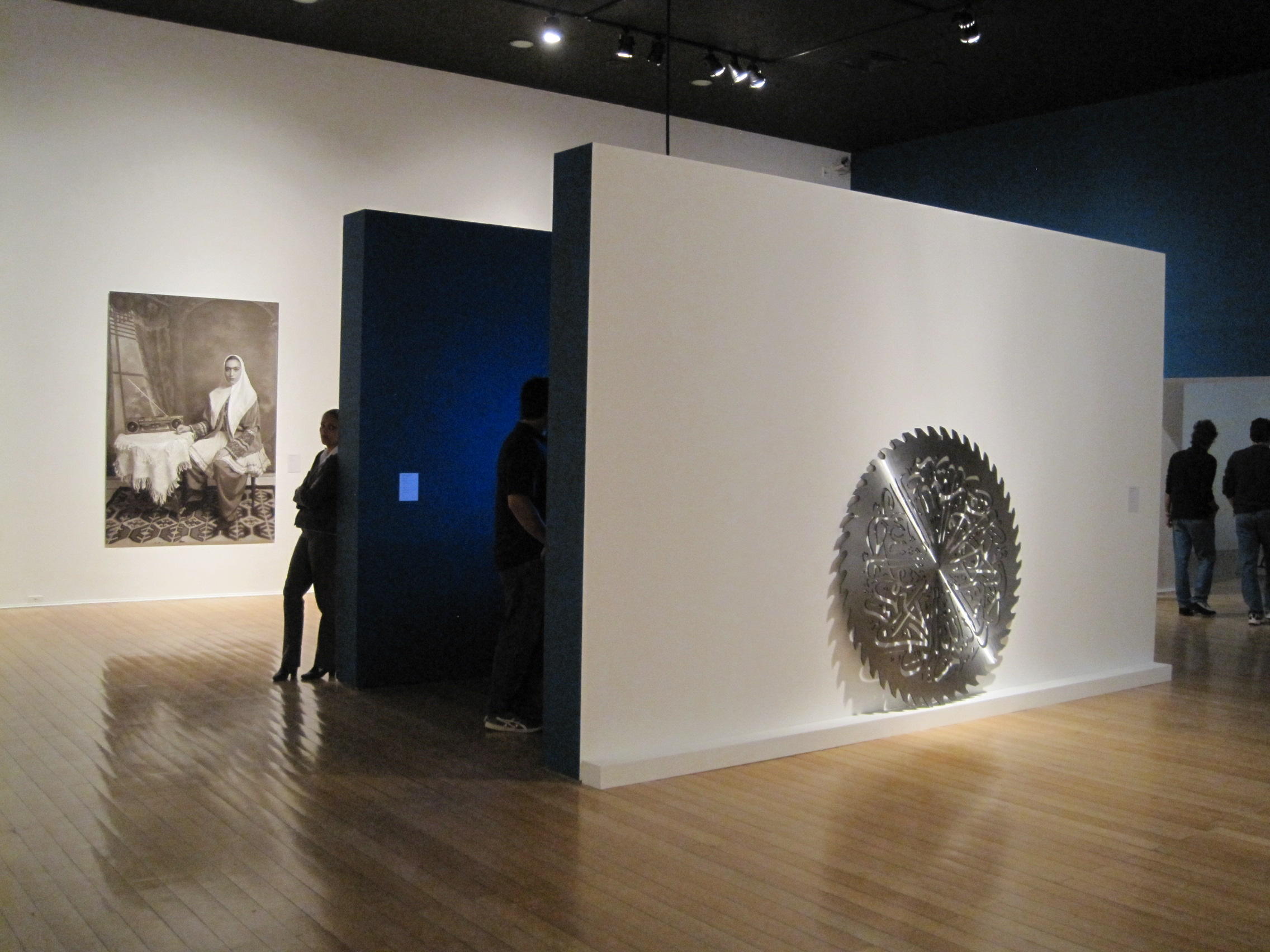
Mounir Fatmi
■Biography
1970 born in Tangier, Morocco
lives and works in Paris and Tangier
1987 Scola libera del Nudo, Academy of Fine Arts, Rome
1990 School of Fine Arts, Casablanca
2006-2007 Rijksakademie, Amsterdam
■Solo Exhibitions
2016 Darkening Process, The Marrakech Museum for Photography and Visual Arts, Marrakech, Morocco
2015 Permanent Exiles, MAMCO, Geneva
2013 Spot On: Mounir Fatmi, Museum Kunst Palast, Düsseldorf
2011 Megalopolis, AKBank Sanat, Istanbul
Linguaggi Costituenti, Fondazione Collegio San Carlo, Modena
2009 Fuck architects: Chapter III, FRAC Alsace, Séléstat
2007 Sans histoire, Musée Picasso - La guerre et la paix, Vallauris
2003 Obstacles, Next flag, Migros Museum, Zürich
1999 Liaisons et déplacement , Musée des Arts Décoratifs, Paris
■Group Exhibitions
2017 Diaspora now!
2016 Setouchi Triennale 2016, Awashima Community Area, Japan
2015 Diverse works: Director's Choice, 1997-2015, The Brooklyn Museum, Brooklyn
A REPUBLIC OF ART : French Regional Collections of contemporary Art. From the 80's to Today, Stedelijk Van Abbemuseum, Eindhoven
2014 Views from inside, Fotofest Biennial 2014, Houston
Giving Contours to Shadows, N.B.K, Berlin
2013 Jameel Prize 3, Victoria & Albert Museum, London
The Sea is my land, MAXXI, Rome
2011 Unfolding Tales, Brooklyn Museum, New York
Told, Untold, Retold, Mathaf, Arab Museum of Modern Art, Doha
Une terrible beauté est né, 11e Biennale de Lyon, Lyon
West end ? , Museum on the Seam, Jerusalem
2010 XIIth Cairo Biennial, Cairo
Res publica, Moscow Museum of Modern Art, Moscow
2007 52nd International Venice Biennial, Italy(2011, 2017)
Still Life: Art, Ecology, and the Politics of Change, Sharjah Biennial 8, Sharjah
2006 The unhomely, phantom scenes in global society, 2ème biennale de Séville, Séville
Africa remix - Contemporary art of a continent, Mori Art Museum, Tokyo
2005 Africa remix - L'art contemporain d'un continent, Centre Georges Pompidou, Paris
2000 5ème biennale de Dakar, Dakar(2006, 2010)
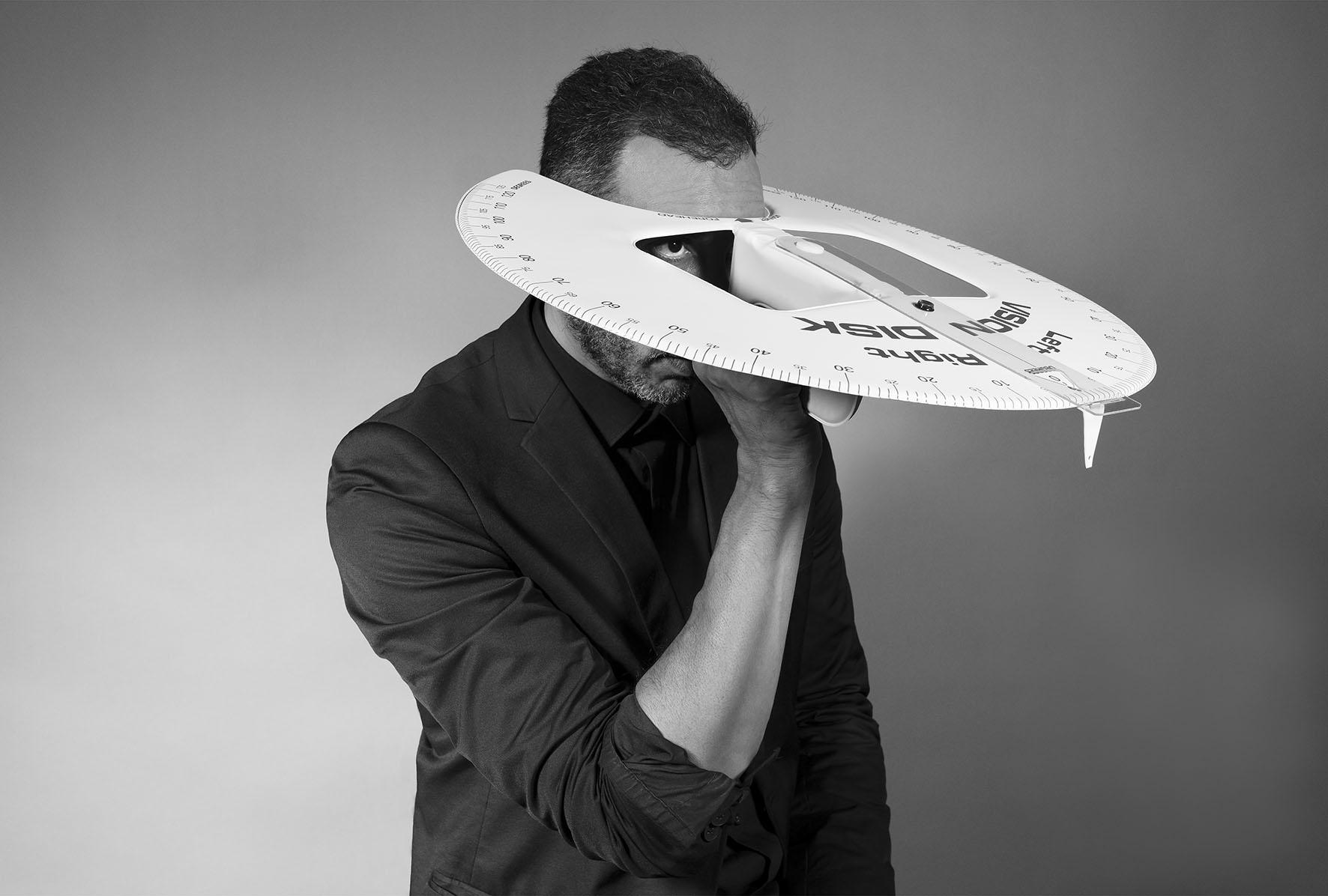
Alchemy — Mounir Fatmi Mounir Fatmi as Storyteller
I first encountered the large scale works of Mounir Fatmi at Africa Remix, a touring exhibition that came to the Mori Art Museum. Fatmi made a Constructivist-like installation from horse jumping barriers. It suggested fragility, as if even a light touch would cause everything to collapse. It was a sublimation of the dangers of competitive horsemanship’s demands for ever faster running and higher jumping. Rails in vivid colour, looking rather pop at first glance, added a somehow dry feeling, resisting interpretation.
Mounir Fatmi was born in Tangier, Morocco. His viewpoint was developed in the local markets, and he then went to study at an art school in Rome. He transgresses the boundaries between these two cultures, relativizing them, and attempting to bridge their differences. In 1993, Fatmi ‘symbolically announced his death’ in the media, and in a departure from Moroccan tradition, entered into a world of free creation. This meant he no longer saw any culture from established points of view, but treated all equally, without adjudicating or taking sides. This led him to a kind of transcendence.
Fatmi was invited to the Setouchi Triennale in Japan, where he exhibited an installation in a disused schoolyard on Awashima Island. He used stick-like materials placed around an existing statue of children. He also exhibited an installation inside the school building using clocks and world maps, suggesting relative relationships between space and time. This installation occupied many rooms, including a former music room and the head teacher’s office, but giving visitors the impression of an integrated storyline. Fatmi also uses sound as the material of his installations, and has created many video works. In this sense, he can be called a ‘storyteller’ in many, varied materials and in a truly liberated manner.
This solo-show by Mounir Fatmi uses the limited space of the gallery to give a symbolic glance into his diverse modes of expression.
Fumio Nanjo Director, Mori Art Museum
Artists
Related News
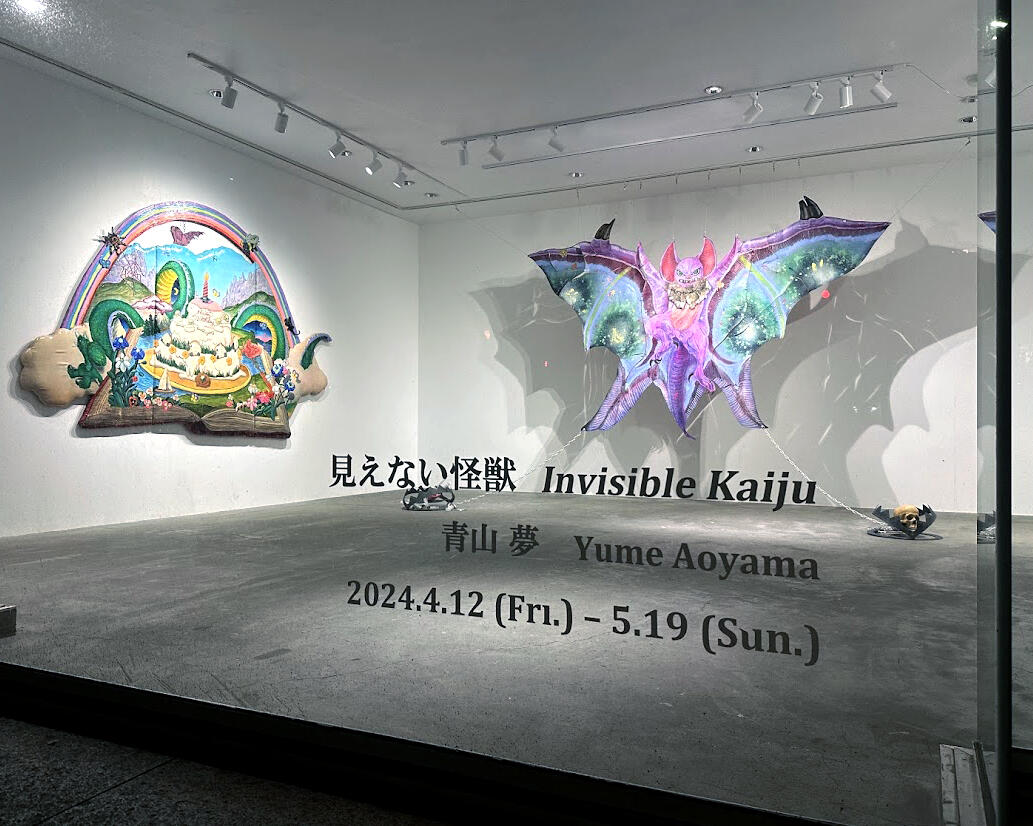

![[ART FAIR] Kiaf SEOUL 2023 / 키아프 서울 2023](https://artfrontgallery.com/whatsnew/assets_c/2023/09/kiaf-thumb-652x652-11457.jpg)
![[Artworks] Mounir Fatmi: from video to installation work](https://artfrontgallery.com/whatsnew/assets_c/2023/02/mounir-thumb-2480x1654-10957.jpg)
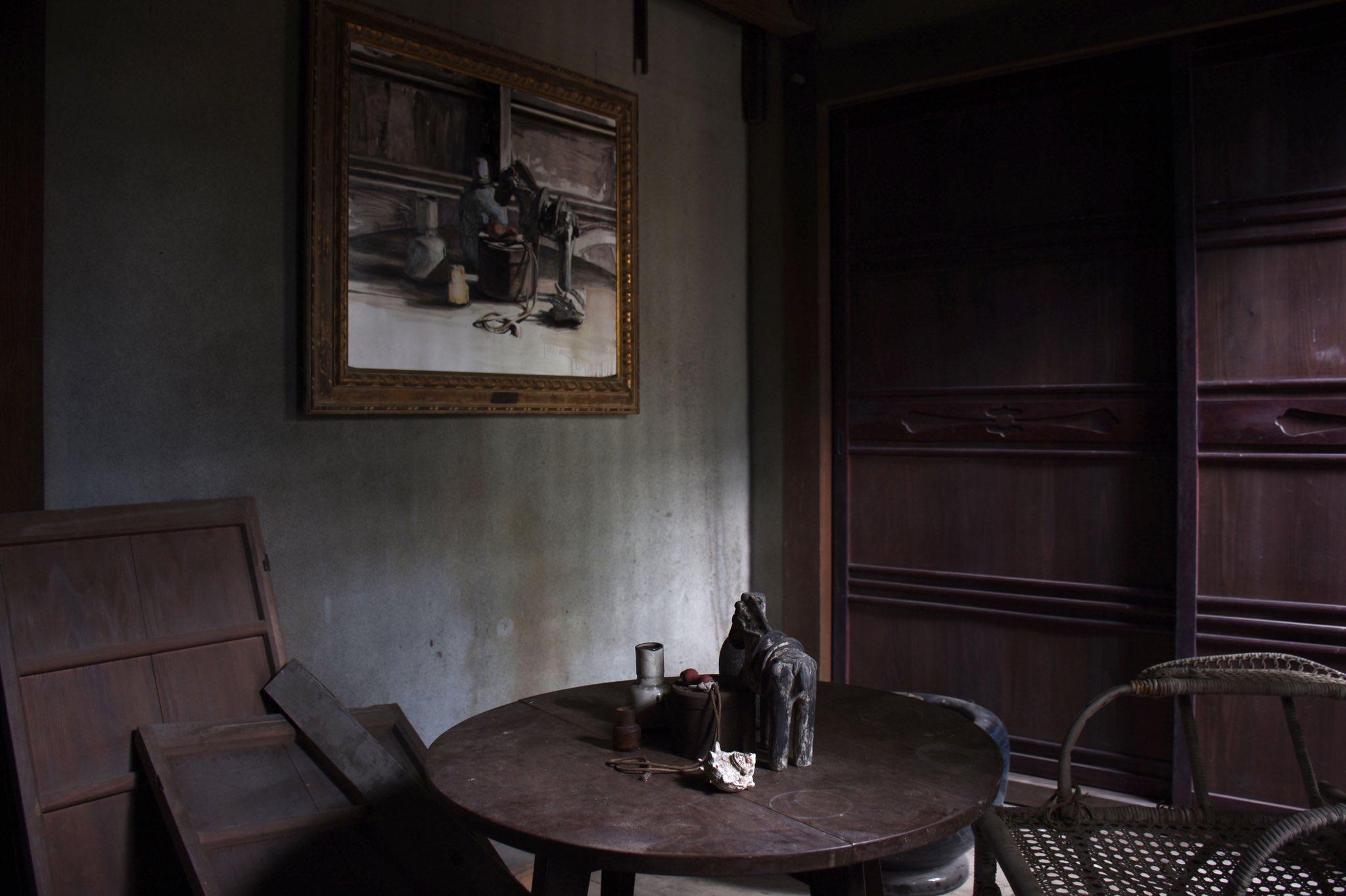
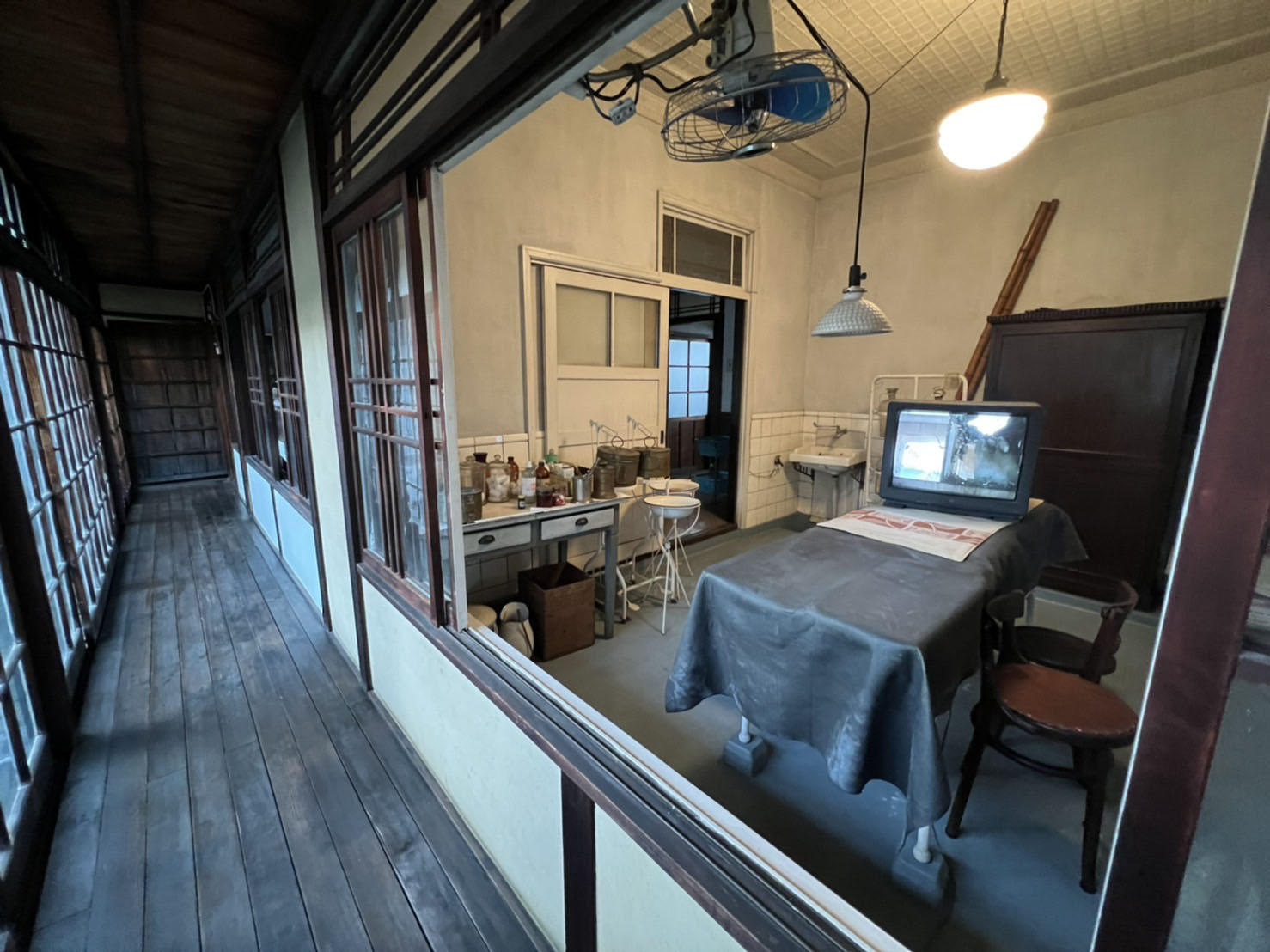

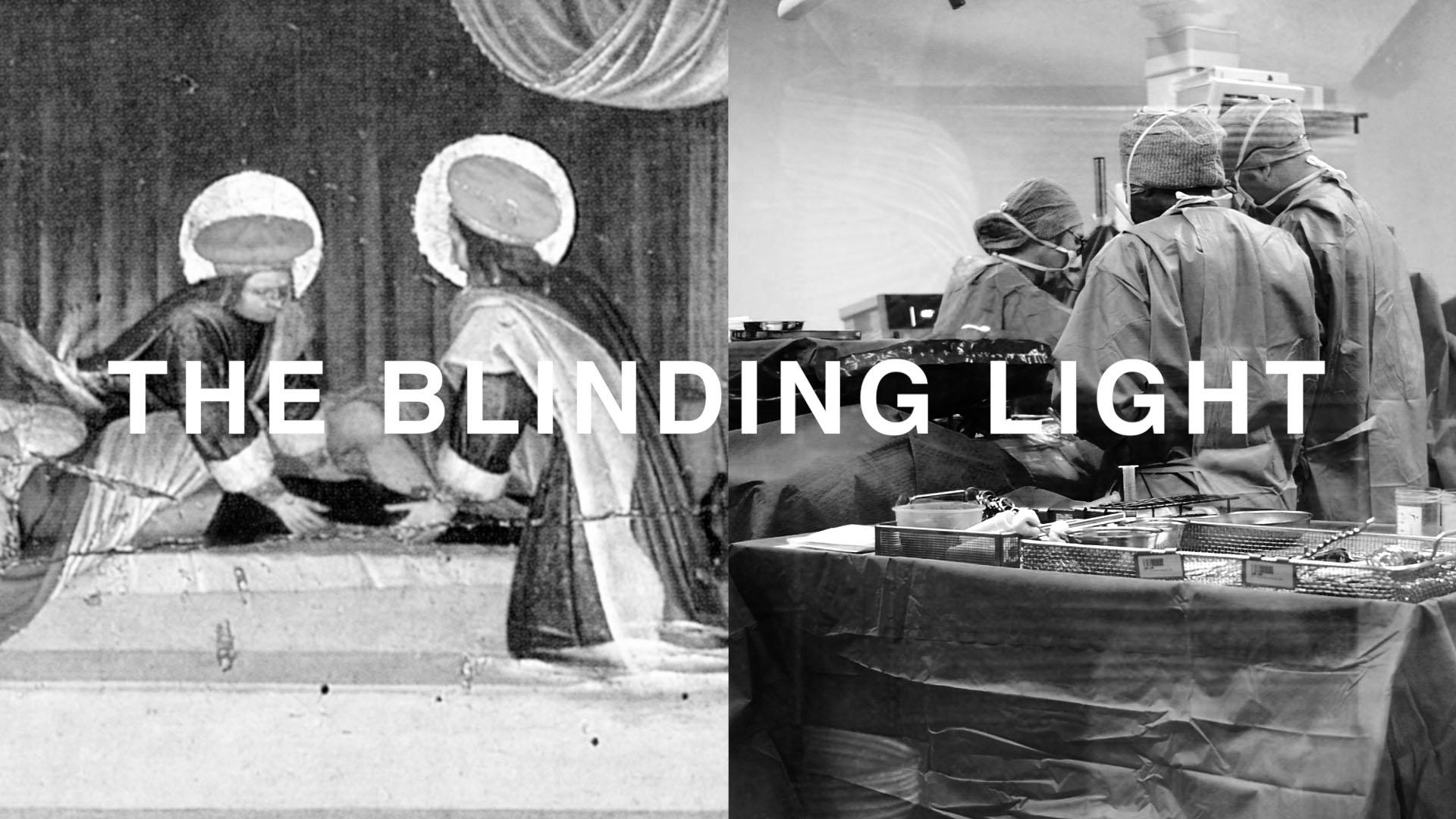
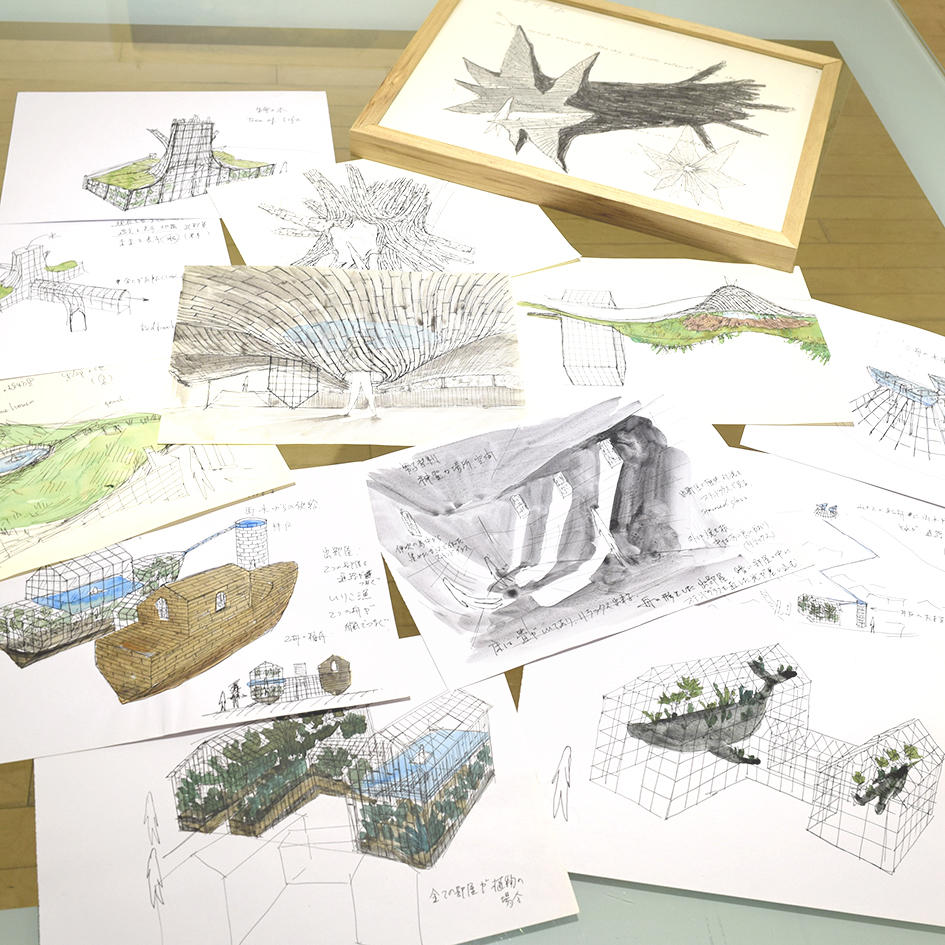
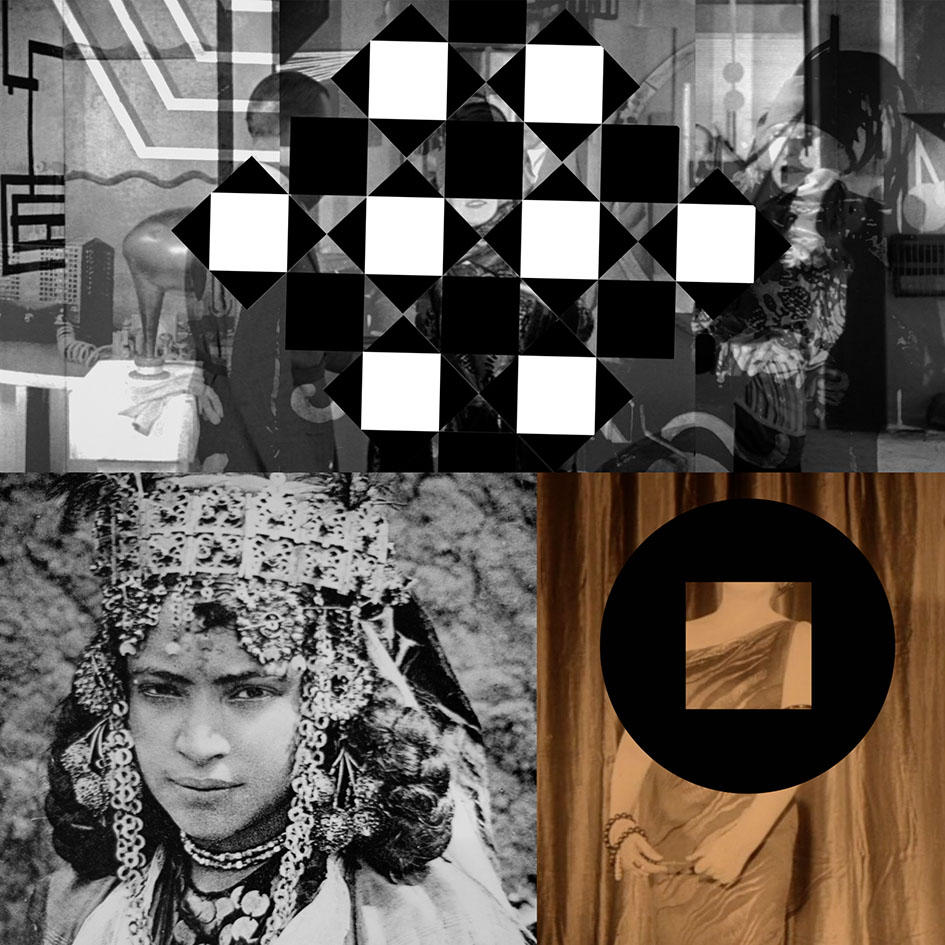
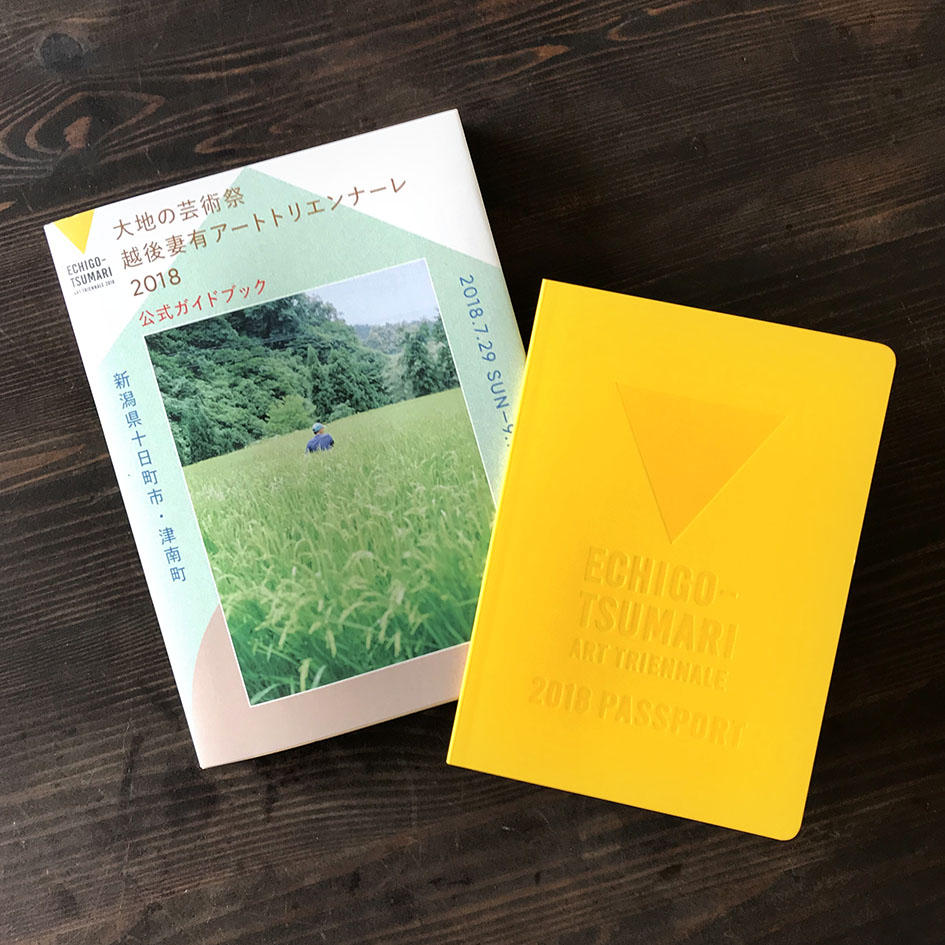

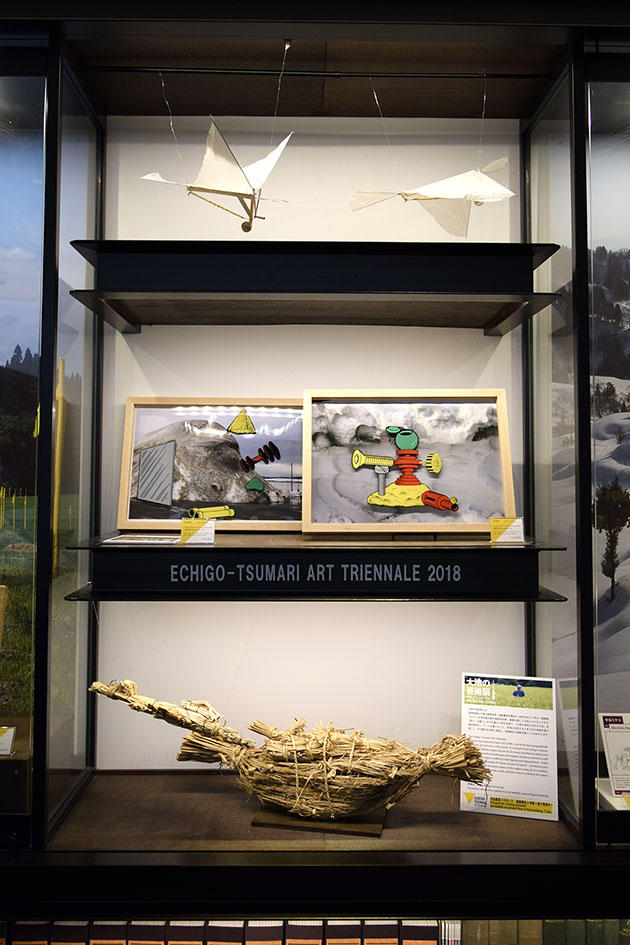

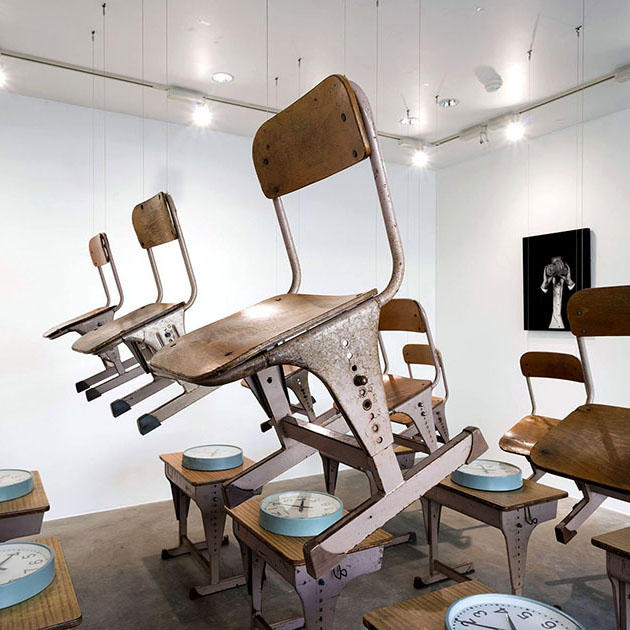

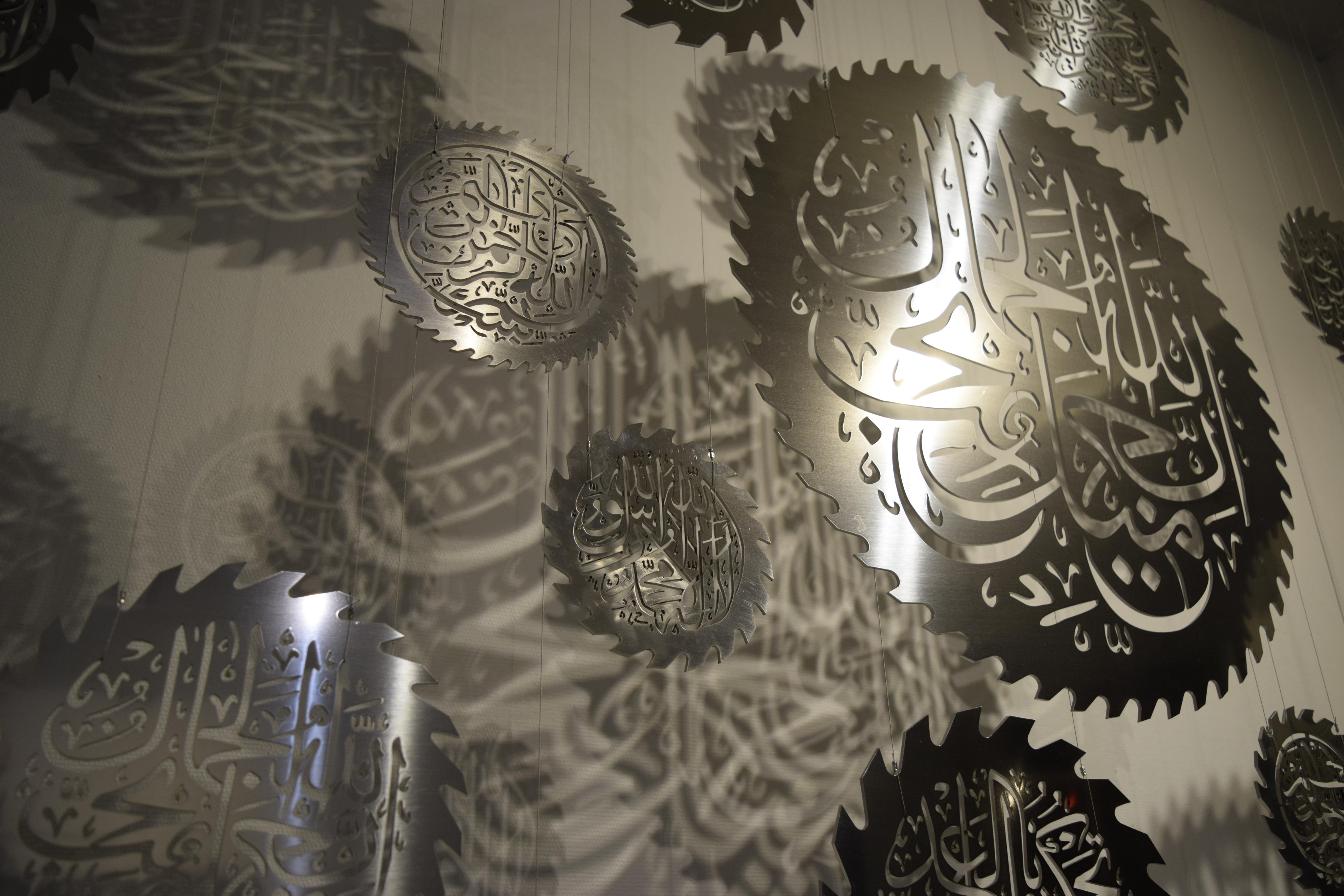
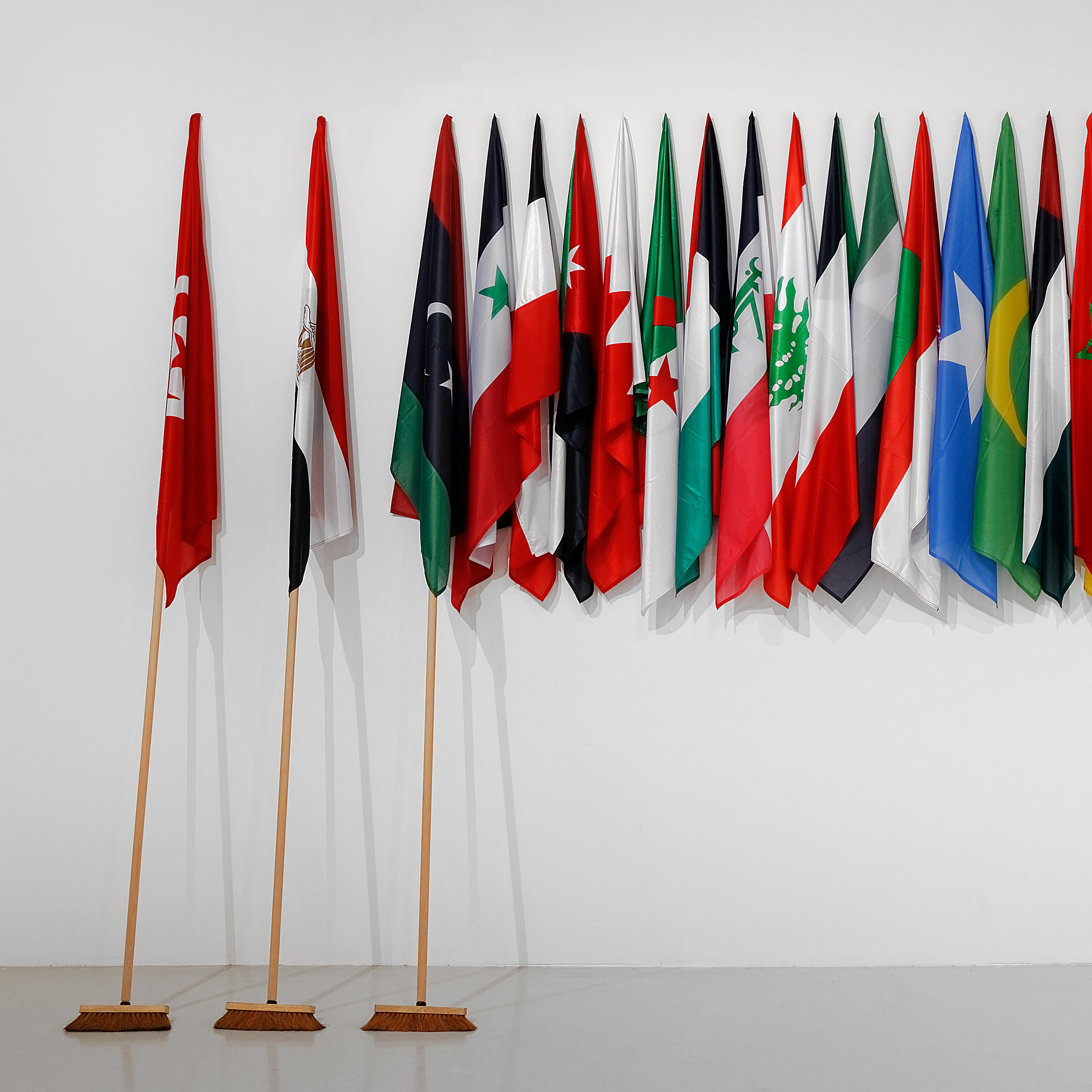
Realated Project
